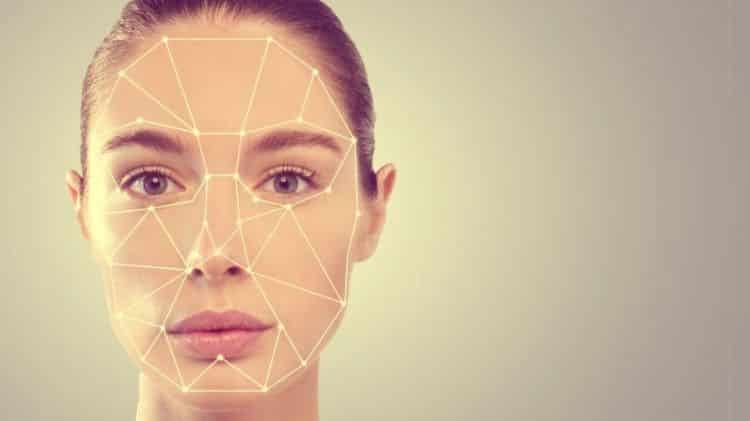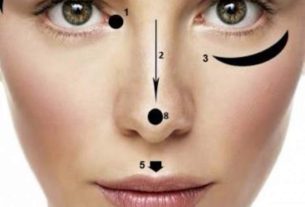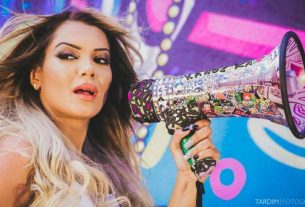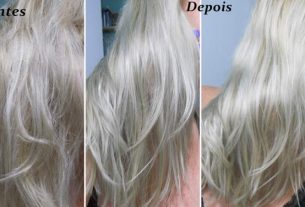Visagism is a beauty technique created in the 1930s by makeup artist and hairdresser Fernand Aubry. Understand better about!
Have you ever heard about visagism? If not yet, or if you want to know a little more about the subject, then you’ve come to the right place. In fact, the Women’s Area separated all the information on the subject.
In general, visagism is used to enhance the beauty of a face and create an authentic personal image, according to the physical characteristics of each individual. The term derives from the French word visage, which means face.
Created in the 1930s by French makeup artist and hairdresser Fernand Aubry, the beauty technique began to be recognized only in 2002. In fact, this recognition came to fruition when the artist Philip Hallawell released the book “Visagismo: Harmonia and Aesthetics”.
So, without further ado, find below the best information about Visagismo. Performed by visagists and also by beauty professionals, such as beauticians and visual artists.
Visagism, what is it and what is it for?
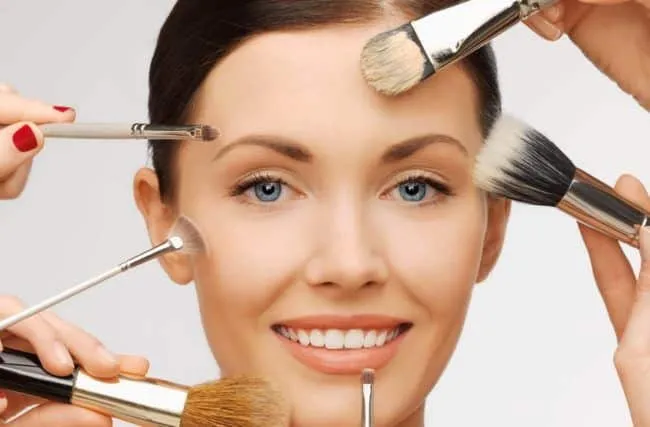
Visagism can be defined as a set of techniques used to enhance the beauty of a face, through much study, analyzing various factors, such as, for example, the shape of the face, skin color, features and also the personality of each individual. . So, through these techniques, you define the ideal cosmetics, hair color and cut, makeup and eyebrow design.
Therefore, it is noted that the main objective of this technique is the harmonization of each person’s characteristics, in order to highlight both their inner and outer beauty.
It is important to remember that visagism must be carried out by specialized professionals, called visagists. In the process, the professional takes into account both aesthetic facts and personal life facts.
Main visagism techniques
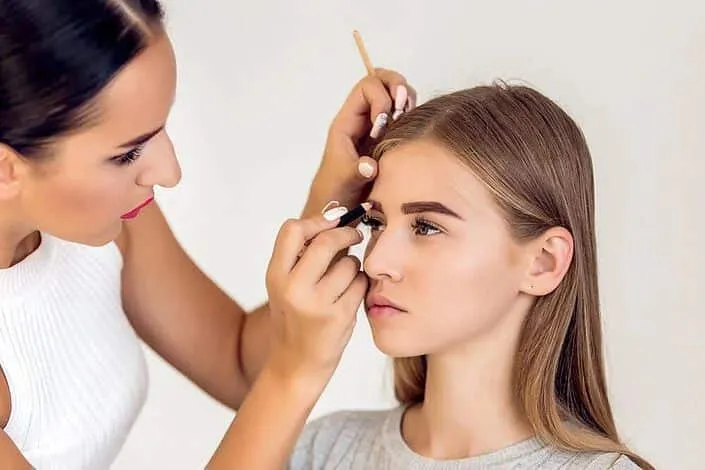
The main techniques used in Visagismo follow the archetypes created by psychoanalyst Carl Jung. First, beauty temperaments and face shapes are defined, after which a study is carried out on how the individual should cut their hair, apply makeup, pluck their eyebrows, among other conclusions. Check it out below.
Temperaments
- Sanguine Beauty: Characterized by energy and vibration. People with sanguine beauty are extroverted, dynamic, fearless and creative. Therefore, they transmit a lot of joy wherever they go.
- Wrathful Beauty: People with Wrathful Beauty are full of attitude, strength, courage, determination and leadership. In fact, they tend to be powerful people.
- Phlegmatic beauty: Phlegmatic people radiate serenity and spirituality. They are sweet, loving and welcoming. Furthermore, they are super friendly and diplomatic.
- Melancholic beauty: This type of beauty represents elegance, sophistication and sensitivity. Therefore, melancholic beauty inspires charm and calm, and tends to be artistic.
face shapes
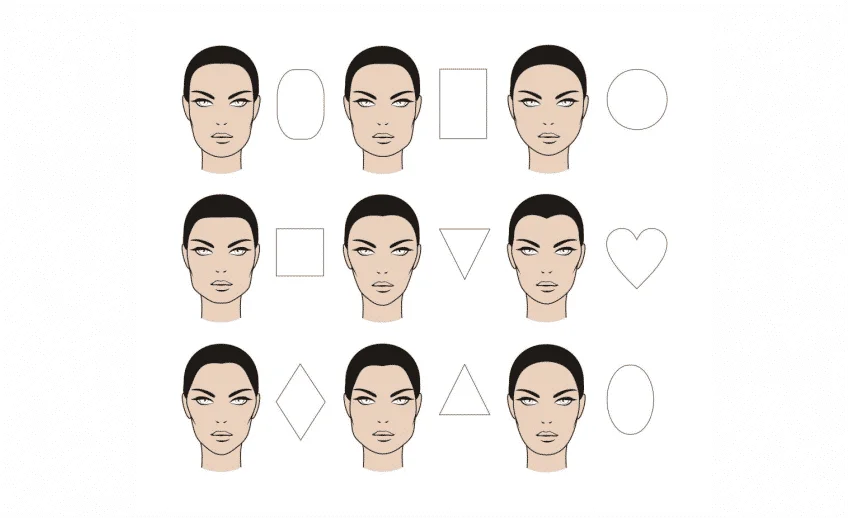
How to become a visagist?
To become a visagism specialist, you need to have training. In fact, there are many theoretical concepts, such as, for example, biological and psychological principles, to apply the technique.
Through the Ministry of Education website, it is possible to check the list of recognized colleges that offer visagism courses. The training is classified as a technological degree and lasts two and a half years.
Anyway, what did you think about Visagismo? Take the opportunity to also check out: Gua Sha, what is it? Benefits, how to do it and massage techniques.
Sources: Casa WO, Ead UCS, Depylaction.
Image sources: Marcia Maria, Ariana Nasi, Rosa com Mel, Ead UCS.

Sign up for our newsletter and stay up to date with exclusive news
that can transform your routine!
Warning: Undefined array key "title" in /home/storelat/public_html/wp-content/plugins/link-whisper-premium/templates/frontend/related-posts.php on line 12
Warning: Undefined array key "title_tag" in /home/storelat/public_html/wp-content/plugins/link-whisper-premium/templates/frontend/related-posts.php on line 13

